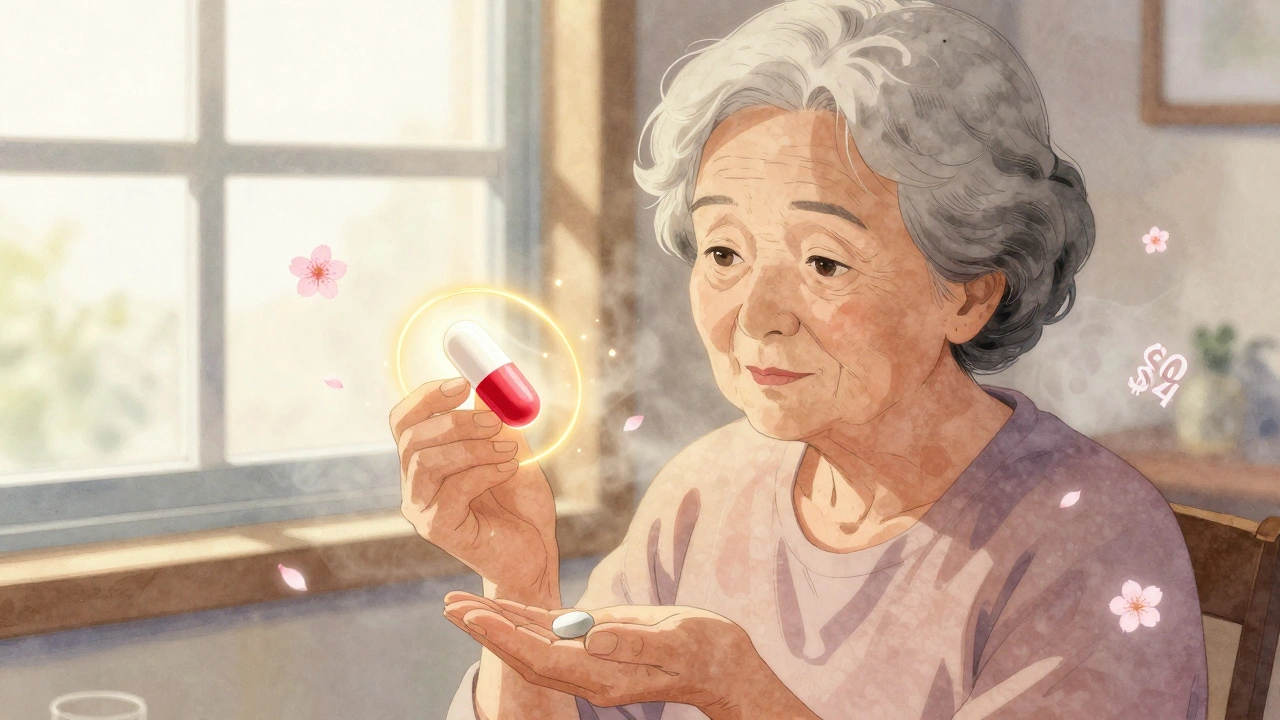Generic Medications: What They Are, Why They Work, and How They Save You Money
When you hear generic medications, lower-cost versions of brand-name drugs that contain the same active ingredients and meet the same safety standards. Also known as generic drugs, they are the backbone of affordable healthcare in the U.S. Many people assume they’re weaker or less reliable—but that’s not true. The FDA, the U.S. agency that regulates drugs to ensure they’re safe and effective requires generic medications to deliver the same results as their brand-name counterparts. They work the same way in your body, at the same dose, with the same risks and benefits. The only differences? The color, shape, or filler ingredients—and the price, which can be up to 85% lower.
Why does this gap exist? It’s thanks to the Hatch-Waxman Act, a 1984 law that created a faster, cheaper path for generic drugs to enter the market without repeating expensive clinical trials. Before this law, brand-name companies could block generics for years using patents. Now, once a patent expires, any qualified manufacturer can produce the drug. That’s why your prescription might switch from a branded pill to a generic one—your doctor, pharmacy, or insurer is helping you save money. Programs like Medicaid, a government health program that covers low-income individuals and relies heavily on generics to stretch taxpayer dollars save billions each year by choosing generics over brand-name drugs. On average, Medicaid patients pay just $6.16 for a generic prescription versus $56.12 for the brand version.
Still, confusion lingers. You might get a pill that looks nothing like the last one you took—and panic. That’s normal. U.S. trademark laws prevent generics from copying the exact appearance of brand-name drugs, so manufacturers change the color, shape, or markings. But the active ingredient? Identical. Some doctors still recommend brand-name drugs out of habit or because of rare cases where bioequivalence matters more—like with thyroid meds or seizure drugs. But for most conditions, generics are the smart, safe choice.
What you’ll find below is a clear, no-fluff collection of posts that cut through the myths. You’ll learn why generics look different, how the Hatch-Waxman Act shaped today’s drug market, how Medicaid uses generics to help people on tight budgets, and when you should—or shouldn’t—switch from brand to generic. No jargon. No marketing spin. Just facts that help you make smarter, cheaper decisions about your health.


